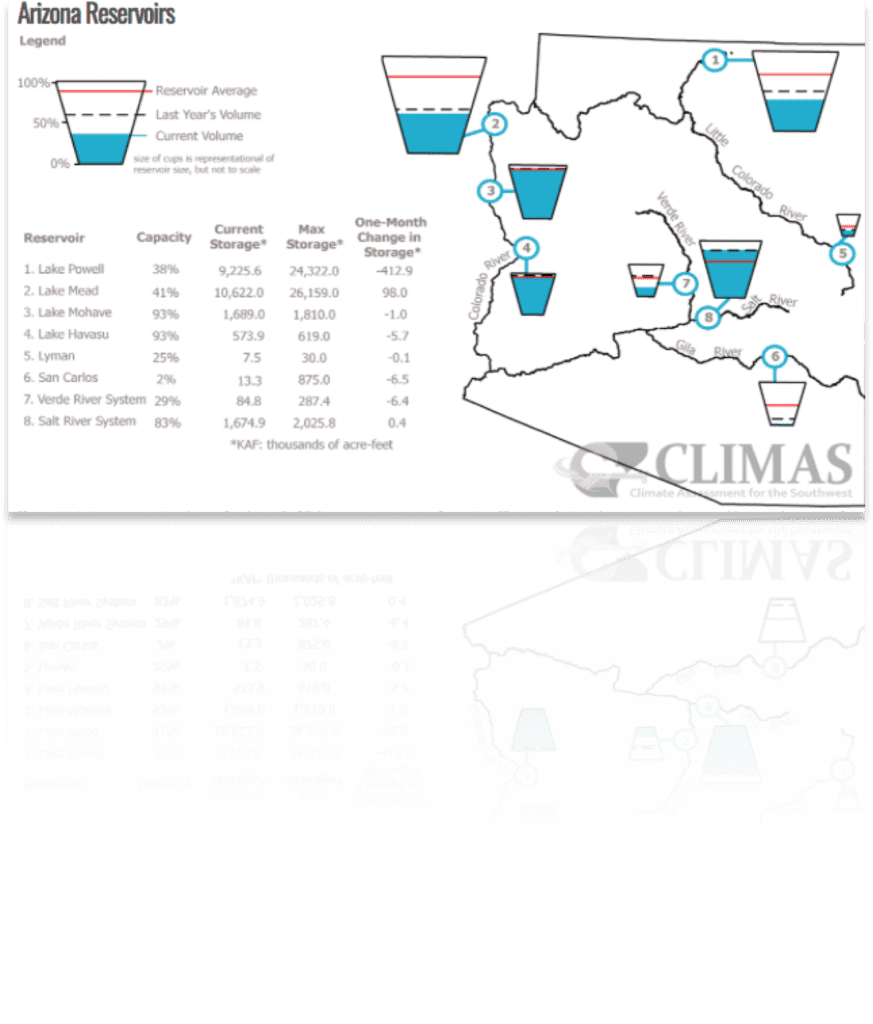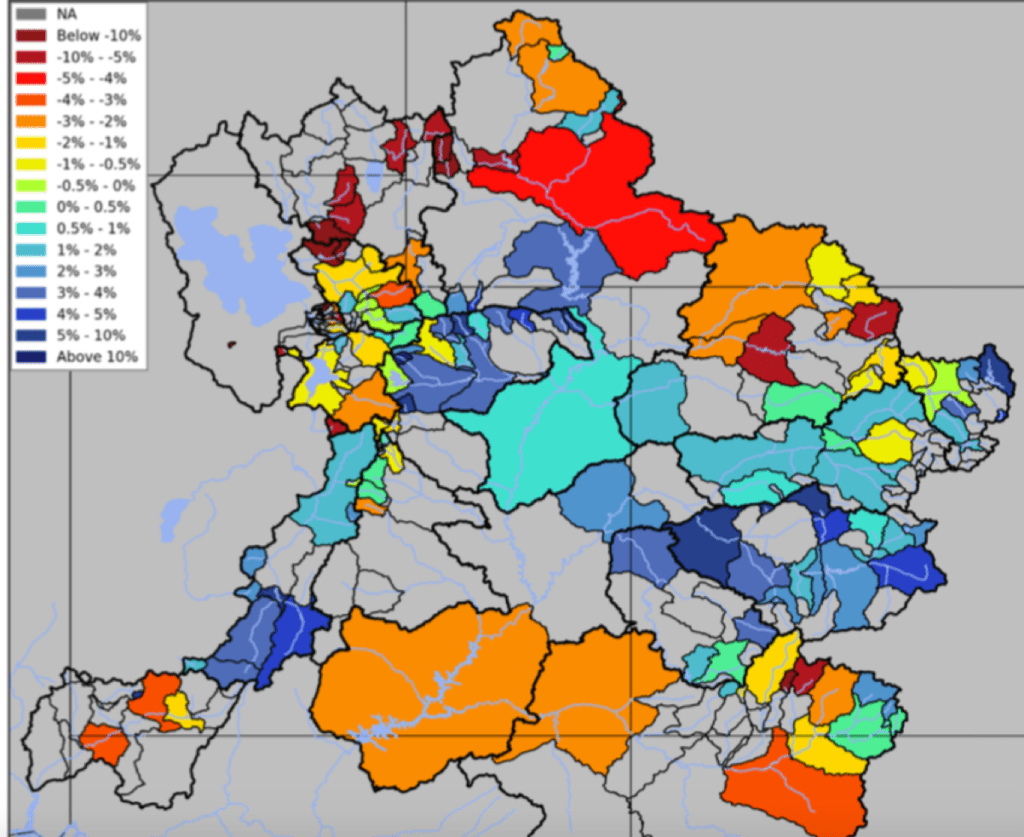Daniel Salzler No. 1095 EnviroInsight.org Four Items March 26, 2021
—————Feel Free To Pass This Along To Others——————
If your watershed is doing something you would like others to know about, or you know of something others can benefit from, let me know and I will place it in this Information newsletter.
If you want to be removed from the distribution list, please let me know.
Please note that all meetings listed are open.
Enhance your viewing by downloading the pdf file to view photos, etc. Theattached is all about improving life in the watershed. If you want to be removed from the distribution list, please let me know. Please note that all meetings listed are open.
Enhance your viewing by downloading the attached pdf file to view photos, etc.
The attached is all about improving life in the watershed.
1. Taking The Family Camping Back East This Year? Americans are excitedly planning outdoor weddings and other events after a long hibernation during the pandemic—only to run into billions of cicadas that are expected to crawl out of the ground across the eastern U.S. at the same time.
That has some seeking the help of experts as they bug out over whether hordes of the flying, red-eyed insects will ruin everything.

It’s a valid concern. A tree full of serenading male cicadas can be louder than a jackhammer at 100-plus decibels, and the bumbling fliers are liable to land their roughly inch-long bodies in all the wrong places, says University of Maryland entomologist Michael Raupp.
It isn’t exactly a plague of locusts, but it’s close enough. Separate from the annual cicadas that often start appearing in late June, there are more than a dozen groups of periodical cicadas in the eastern U.S. that emerge every 13 or 17 years. They can sometimes get as dense as 1.5 million adults per acre.
This is the year Brood X—as in Brood 10, one of the biggest groups of the periodical kind—makes its appearance after hiding underground since 2004. They’ll tunnel to daylight once the soil hits 64 degrees, mostly in May. They will mate, lay eggs on tree branches, then die. After a few hectic weeks in a swath of 15 states, from Georgia to New York, only piles of smelly carcasses and their brown shell-like nymph skins will remain.
He later elaborated that what some might consider the cicadas’ noisy racket is actually a “song of love,” made by courting males—one that couples will keep on hearing on their 17th, 34th and 51st anniversaries.

“My greatest fear is someone props a door open for a delivery and a cicada gets in. They’re really loud,” she says.
Cicadas are harmless except to some young trees, scientists say. On the plus side, their underground tunnels aerate soil, their remains nourish trees and they are a food source for many animals. Some humans eat them, too—the taste is said to resemble canned asparagus. Read more at https://www.wsj.com/articles/billions-of-cicadas-cant-wait-to-crash-your-outdoor-party-11616161488
2. Climas
Monthly Precipitation and Temperature: February precipitation was below to much below average.

February temperatures ranged between average and above average in most of Arizona

Winter Precipitation and Temperature: Dec-Feb Precipitation ranks were average to below average across most of the Southwest, with a few pockets of much below average. Temperature ranks for the same period were average to above average across most of Arizona, and mostly average in New Mexico, with some pockets of both above and below average. Precipitation totals from stations around the region demonstrate the below normal precipitation conditions this winter.
Drought: Water year precipitation to date (as of Feb 28, 2021) reveals widespread below normal and much below normal conditions across the Southwest, along with a large cluster of record driest in the CA/NV/AZ region.

The U.S. Drought Monitor (USDM) is mostly unchanged over the last month in the U.S. Southwest. This is partly because much of the region is at the highest drought category (D4, Exceptional Drought): In Arizona and New Mexico, over 50-percent of the region is in D4, and over 80-percent is in at least D3 (Extreme Drought).
Precipitation and Temperature Forecast: The three-month outlook for Apr through Jun calls for increased chances for below-normal precipitation across most of the southwestern U.S., with a swath of increased chances of above-normal precipitation extending from central Mexico into southeastern Arizona. The three-month temperature outlook calls for increased chances of above-normal temperatures across the southwestern U.S. and northern Mexico.


Temperature

Most reservoirs are low with the exception of Lake Mohave and Lake Havasu.
3. The Colorado Basin River Forecast Center (CBRFC) geographic forecast area includes the Upper Colorado River Basin, Lower Colorado River Basin, and Eastern Great Basin.
Water Supply Forecast Summary The first half of March has featured some dramatic swings in the weather across the region that is typical of spring. The first week of the month was largely dry with above normal temperatures as a ridge dominated the weather pattern. The second week of March featured a cutoff low pressure system that strengthened as it moved from Arizona into Colorado and brought widespread precipitation to much of the forecast area. Precipitation during the first half of March was mainly near to above normal across the majority of Utah/Colorado and Arizona. The northern Wasatch Range and Wyoming largely missed out on the storm systems during the first half of March, with well below normal precipitation.
Mid-March SWE conditions generally range between 65-95% of normal across the Upper Colorado River Basin and 70-85% of normal across the Great Basin. Lower Colorado River Basin SWE conditions are more variable and range between 5-85% of normal.

The majority of the Upper Colorado River Basin has seen modest (0-5%) increases in April-July water supply volume guidance since early March while Great Basin volume guidance has mostly decreased (0-5%). Below normal spring runoff continues to be likely across the region due to poor antecedent soil moisture conditions and below normal seasonal (October-March) precipitation. Mid-March spring runoff volume guidance generally ranges from 40-80% of normal across the Upper Colorado River Basin and 25-60% of normal across the Great Basin. Lower Colorado River Basin January-May water supply volume guidance generally ranges between 0-40% of normal.
April-July unregulated inflow forecasts for some of the major reservoirs in the Upper Colorado River Basin include Fontenelle Reservoir 480 KAF (66% average), Flaming Gorge 555 KAF (57%), Blue Mesa Reservoir460 KAF (68%), McPhee Reservoir 132 KAF (45%), and Navajo Reservoir 415 KAF (56%). The Lake Powell inflow forecast is 3.4 MAF (47% of average) and did not change from the early March forecast.
After a cooler stretch over the past week, there will be a brief warmup over the next few days as a transitory ridge builds across the Intermountain West. A cooldown and widespread precipitation is expected this weekend (March 20-21) across northern Utah/Colorado and Wyoming with 0.50-1.25 inches of precipitation forecasted over the mountains. Lighter amounts are forecasted over the southern half of Utah/Colorado and the Lower Basin.For more information, go on line to https://www.cbrfc.noaa.gov/wsup/pub2/discussion/current.pdf?mc_cid=03606bea0c&mc_eid=819b766f46
4. The Arizona Dought Continues To Worsen . As of March 18,2021


Copyright EnviroInsight.org 2021
